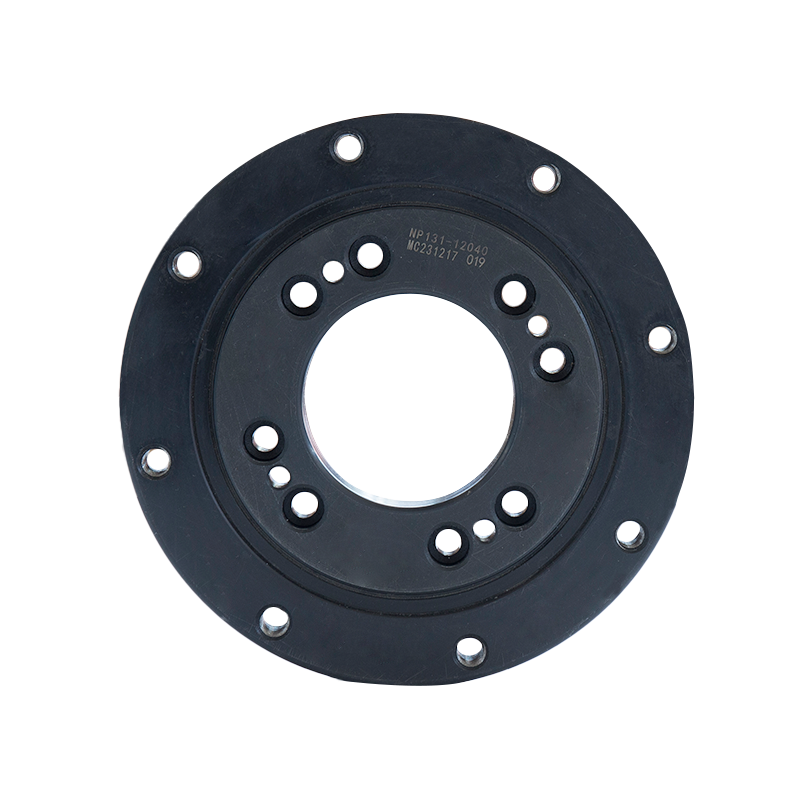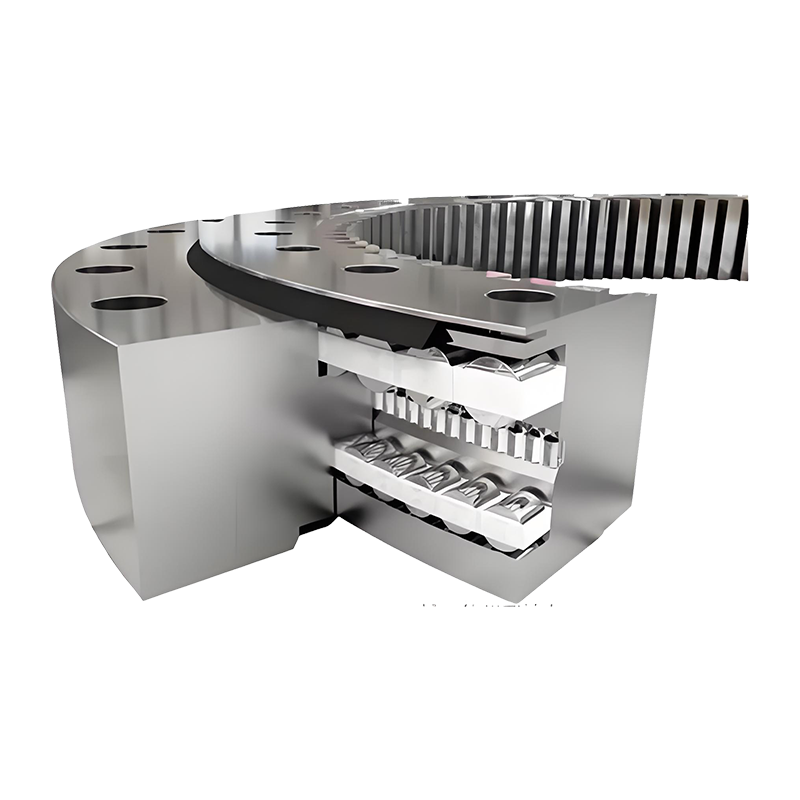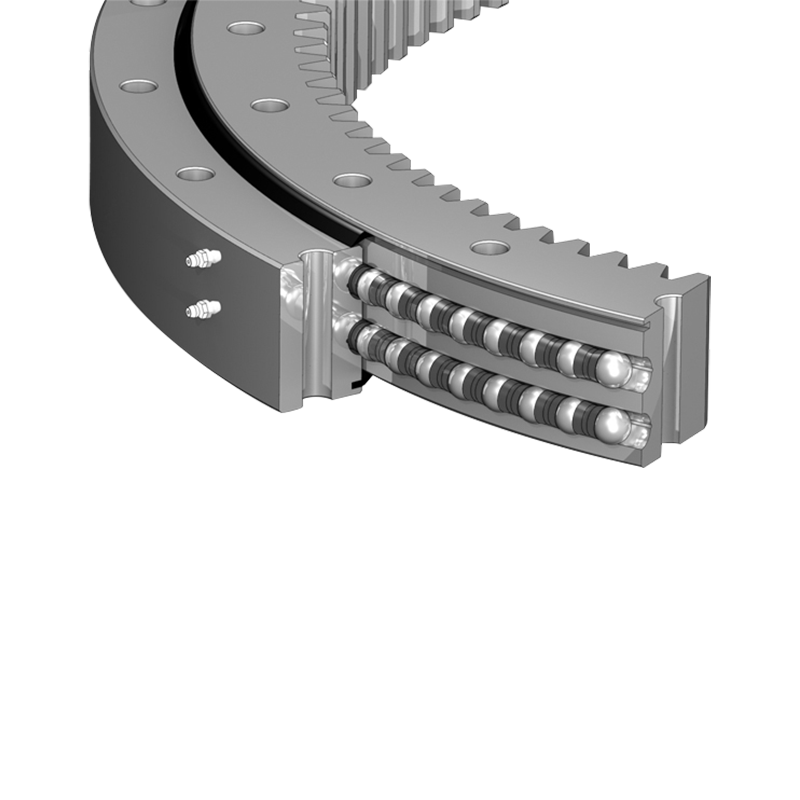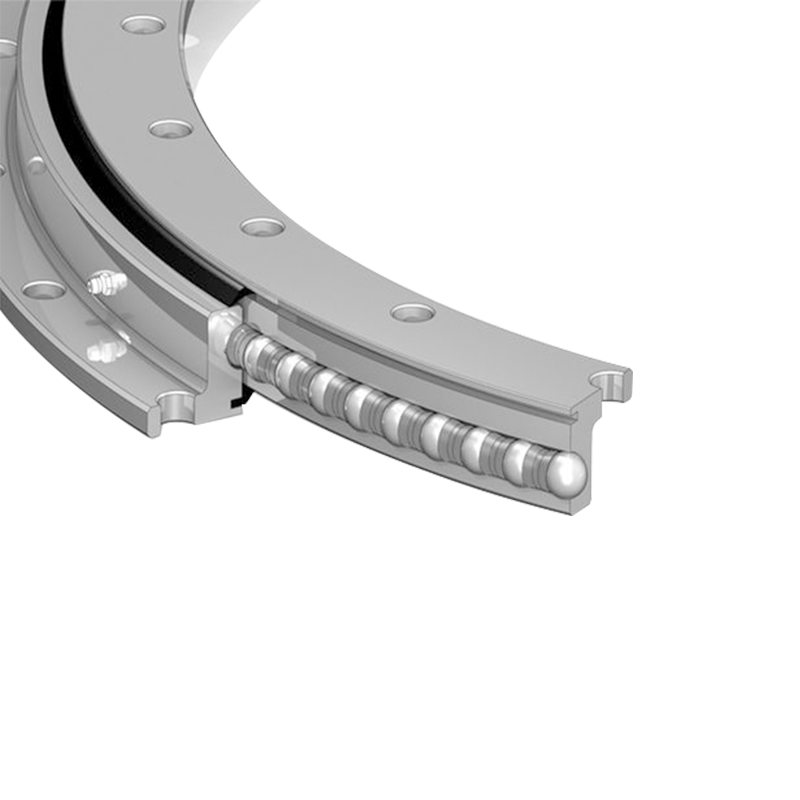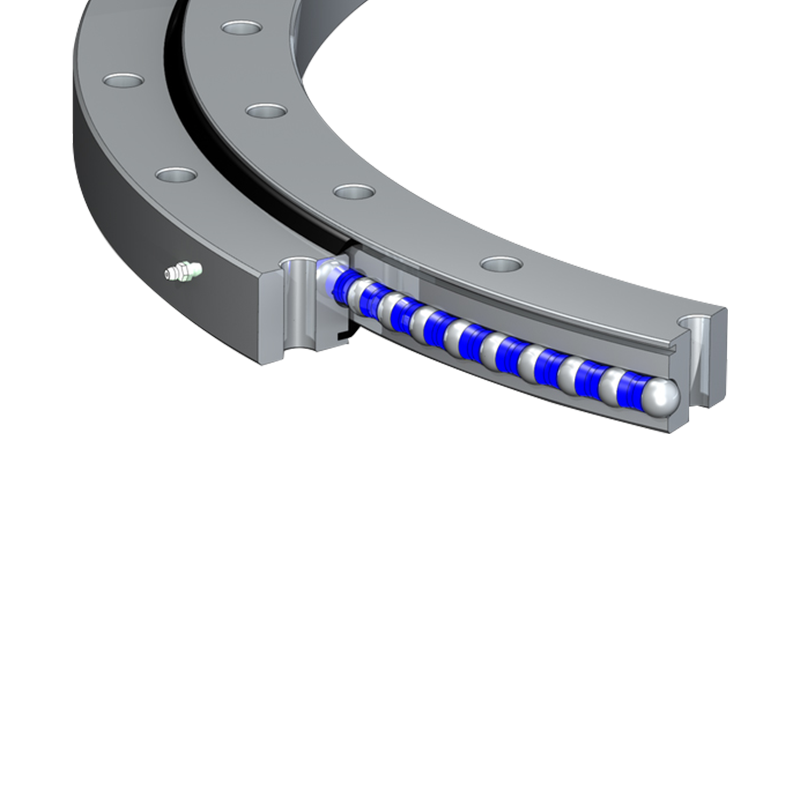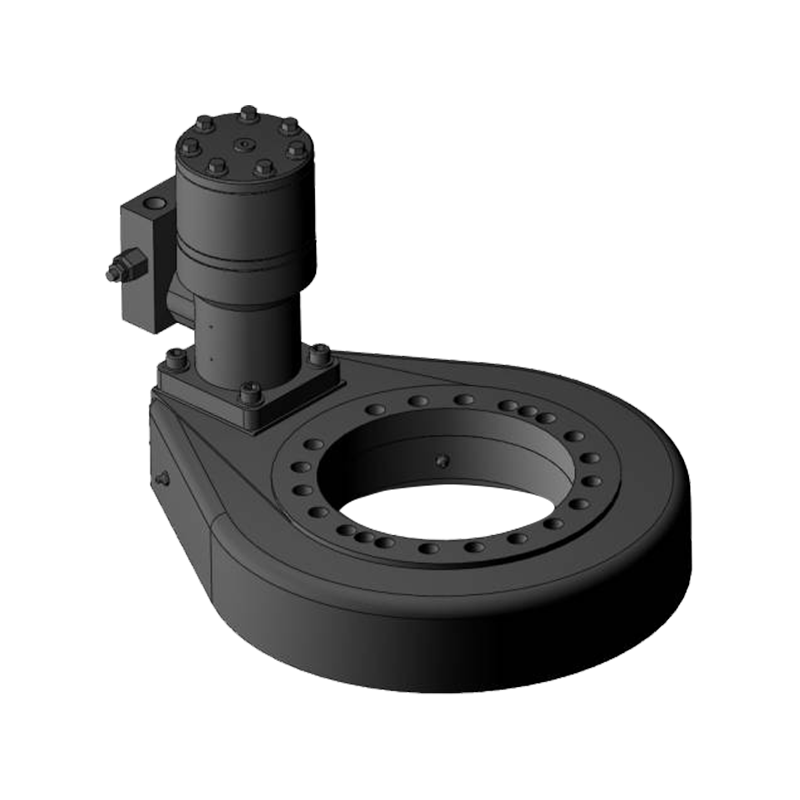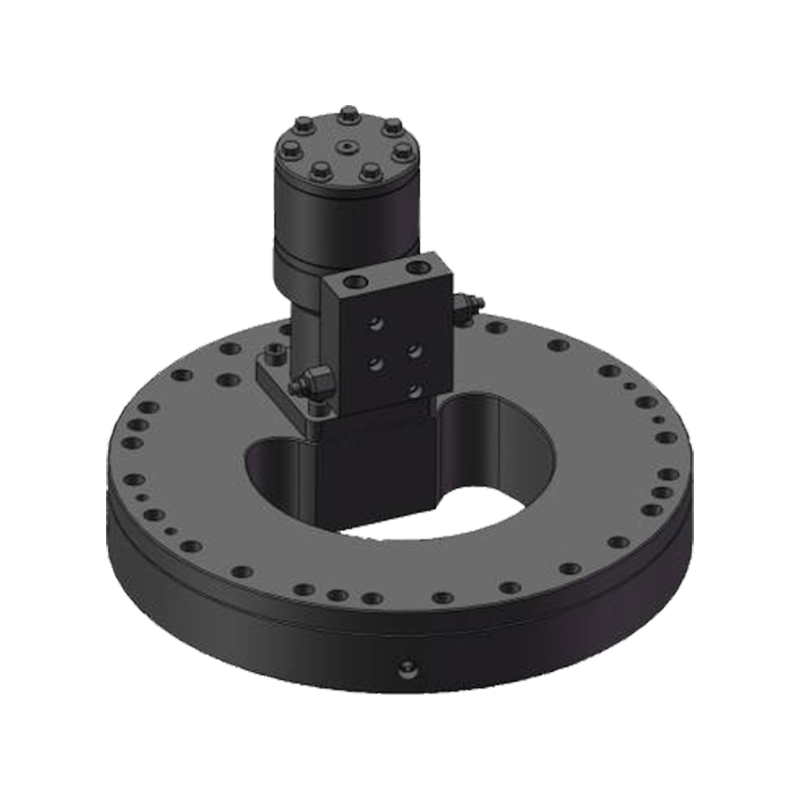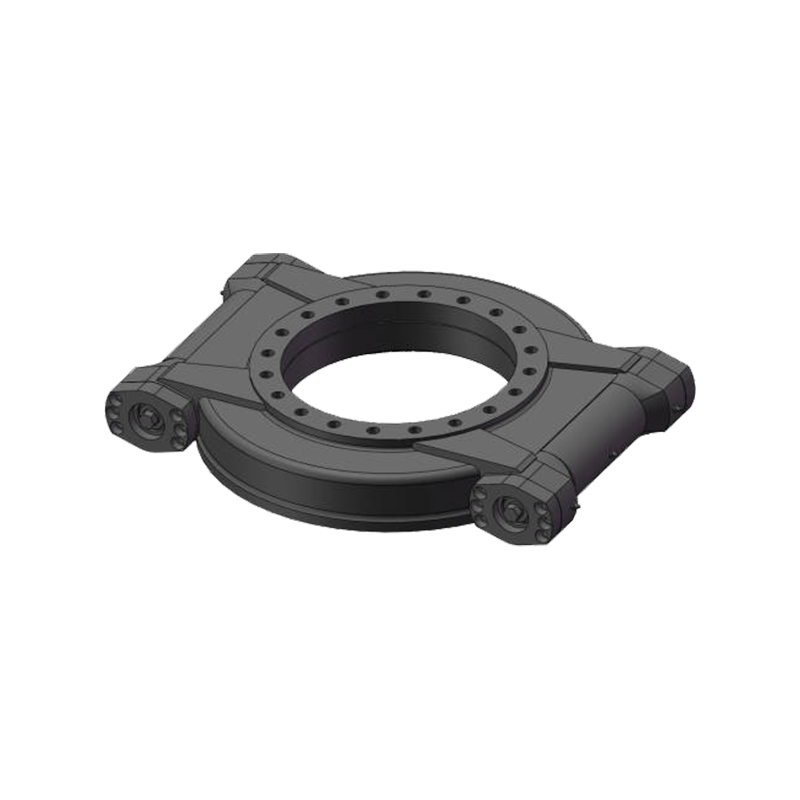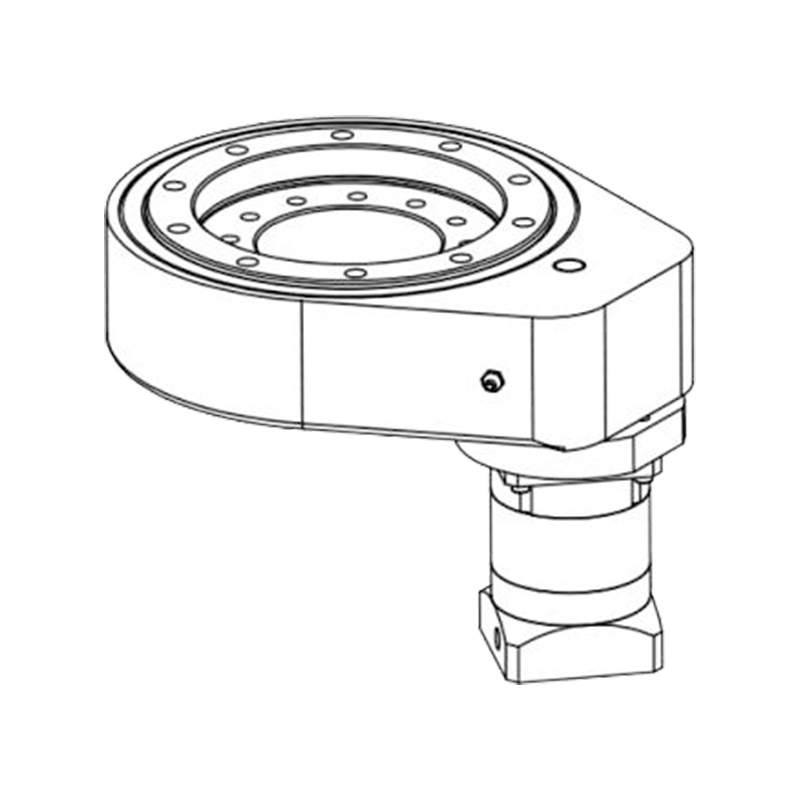What Is the Difference Between Double Ball Bearing and Single Ball Bearing?
 2025.06.12
2025.06.12
 Industry news
Industry news
Bearings play a critical role in the smooth operation of machinery, enabling the rotation or movement of components with minimal friction. Among the various bearing types, single ball bearings and double ball bearings are commonly used across different industries. Understanding their differences helps in choosing the right configuration for mechanical systems, including specialized products like the L-type single row ball slewing bearing used in rotating machinery.
What Is a Single Ball Bearing?
A single ball bearing, also known as a single-row ball bearing, consists of an inner and outer ring with a single row of steel balls between them. The balls rotate in a deep groove, distributing radial and axial loads evenly. These bearings are compact and suitable for applications with moderate loads and speeds.
Advantages of Single Ball Bearings:
Simple structure and easy installation
Lower cost compared to multi-row designs
Lower friction and heat generation
Suitable for radial and light axial loads
Typical Applications:
Electric motors
Gearboxes
Fans and pumps
Rotating platforms requiring L-type single row ball slewing bearing designs, especially where space-saving is essential
What Is a Double Ball Bearing?
A double ball bearing, often referred to as a double-row ball bearing, has two rows of balls instead of one. This design allows it to handle higher radial loads and moderate axial loads from both directions. Its construction is slightly wider, but it offers increased stability and load distribution.
Advantages of Double Ball Bearings:
Higher load-carrying capacity
Better resistance to tilting and vibration
Improved lifespan in demanding applications
Supports both radial and bidirectional axial loads
Common Uses:
Automotive wheel hubs
Industrial conveyor systems
Precision instruments
Machinery that requires additional support due to heavier loads or off-center rotational forces
L-Type Single Row Ball Slewing Bearing: A Special Category
The L-type single row ball slewing bearing is a specialized version of single ball bearings designed to support axial, radial, and moment loads. It is commonly used in slewing mechanisms such as cranes, turntables, rotating platforms, and heavy-duty mechanical arms. The “L-type” designation typically refers to the bearing’s structural form or load-handling configuration.
Key Features of L-Type Single Row Ball Slewing Bearings:
Large diameter and capacity for handling heavy, combined loads
Compact structure suitable for applications where saving space is vital
Capable of 360° rotation with high precision
Available with internal or external gears, or without gears, depending on installation requirements
Application Scenarios:
Wind turbine yaw and blade systems
Excavators and construction machinery
Military radar systems
Marine equipment
Solar tracking systems
Single vs Double Ball Bearings: Side-by-Side Comparison
| Feature | Single Ball Bearing | Double Ball Bearing |
| Ball Rows | One | Two |
| Load Capacity | Moderate | Higher |
| Axial Load Resistance | Light to moderate (one direction) | Moderate (both directions) |
| Size | More compact | Slightly larger |
| Cost | Lower | Higher |
| Typical Use | Small to medium loads, compact assemblies | Medium to high loads, balanced systems |
| Special Variants | Includes L-type single row ball slewing bearing | Available in angular contact or self-aligning forms |
Choosing Between Single and Double Ball Bearings
When choosing between single and double ball bearings, consider the following:
Load Requirements: If your application involves higher or fluctuating loads, a double ball bearing is typically preferred.
Space Constraints: Single ball bearings, especially configurations like the L-type single row ball slewing bearing, are advantageous when compactness is critical.
Axial Load Direction: For unidirectional axial loads, single-row bearings may suffice. For loads in both directions, double-row designs are better.
Cost and Complexity: If budget and ease of maintenance are priorities, single-row bearings may be more suitable.
Both single and double ball bearings have their specific strengths, and the right choice depends on your application’s load, direction, speed, and space requirements. For applications that need to handle large combined loads with rotational precision, the L-type single row ball slewing bearing remains a versatile and robust solution. Whether in heavy machinery, renewable energy systems, or industrial automation, understanding the differences between single and double ball bearings is key to achieving optimal performance and durability.



